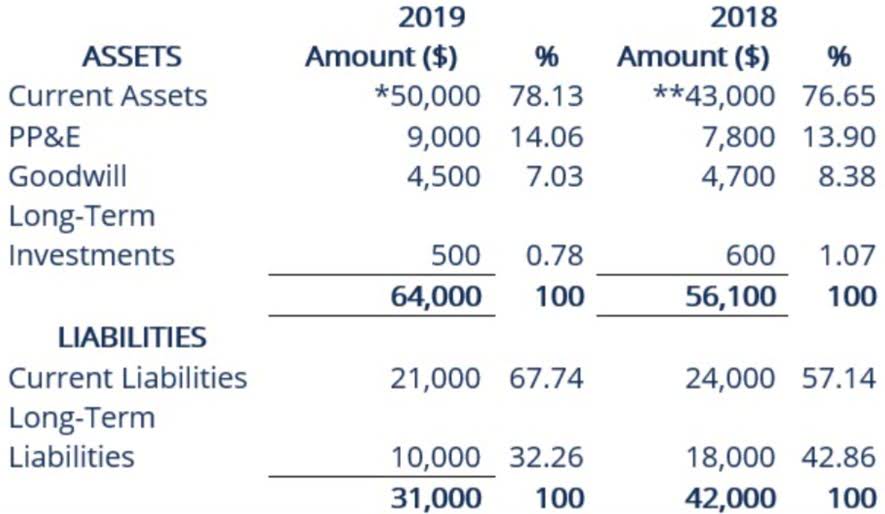
The matching principle in accrual accounting states that all expenses must match with revenues generated during the period. The T-account guides accountants on what to assets = liabilities + equity enter in a ledger to get an adjusting balance so that revenues equal expenses. I regularly use T-accounts when preparing adjusting entries (accruals and deferrals). T-accounts can also be used to record changes to the income statement, where accounts can be set up for revenues (profits) and expenses (losses) of a firm. For the revenue accounts, debit entries decrease the account, while a credit record increases the account.

Impact on the Accounting Equation:
A T-account is an informal term for a set of financial records that uses double-entry bookkeeping, with debits listed on the left and credits on the right. In double-entry accounting, each transaction must have a debit entry and a credit entry, and the total of the debit entries must equal the total of the credit entries. This ensures that the books balance out and provides a clear distinction between the two sides of a transaction.

Recording Transactions

One account will get a debit entry, while the second will get a credit entry to record each transaction that occurs. When a business has expenses, it pays out cash either “now” or “later”. If cash is being paid at the time of the purchase, the textbook will specify “paid” to indicate that. If the textbook says “on account”, it means that cash will go out later.

T- Account Recording
- The totals of the debit column and the credit column are not recorded in each column, only the final balance is recorded.
- This layout makes it easy to see the balance of each account.
- Assets and expenses increase on the debit side, so their normal balance is a debit.
- This transaction is telling us that what we have “on hand” in our supply closet is $1,250 worth of supplies.
- As there were only six transactions, it was probably not too difficult.
- A T account has two sides, left and right, with debit on the left and credit on the right.
The left side of the T-Account is the debit side. The right side of the T-account is the credit side. All account balances must line up in a general ledger where the credits and debits are recorded. One reason why https://www.bookstime.com/articles/quickbooks-self-employed a ledger account is sometimes known as a T-account is because the visual look of the ledger journal of separate accounts resembles a T-shape. The credits and debits are recorded in a general ledger, where all account balances must match. The visual appearance of the ledger journal of individual accounts resembles a T-shape, hence why a ledger account is also called a T-account.
- The T-account helps accountants keep track of these increases and decreases, ensuring that the accounting equation remains balanced.
- If the labor costs are still debited and credited fully, then this type of mistake can also be difficult to catch.
- The phrase refers to how the bookkeeping entries look.
- This allows business owners to make faster, data-driven decisions, reduce errors, enhance tax compliance, and stay audit-ready.
- When this happens, the business owner’s equity is decreasing.
- In the Cash T-Account, the $18,300 receipt of cash goes on the left (debit) side of the account because Cash is increasing.
When cash will be paid later the account we use to track what the business will be paying later for payroll is Salaries or Wages Payable. When cash will be paid later the account we use to track what the business will be paying later is Accounts Payable. In this case, cash is t accounts decreasing so we credit it.


Comentarios recientes